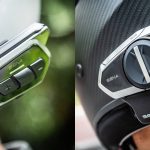1. Introduction: The Importance of Aviation Headsets
Aviation headsets play a critical role in ensuring clear communication between pilots, air traffic controllers, and crew members during flight. These essential pieces of equipment not only facilitate effective communication but also provide protection against the noise generated by aircraft engines. When selecting an aviation headset, pilots must consider various factors to ensure optimal performance and comfort throughout their journey.
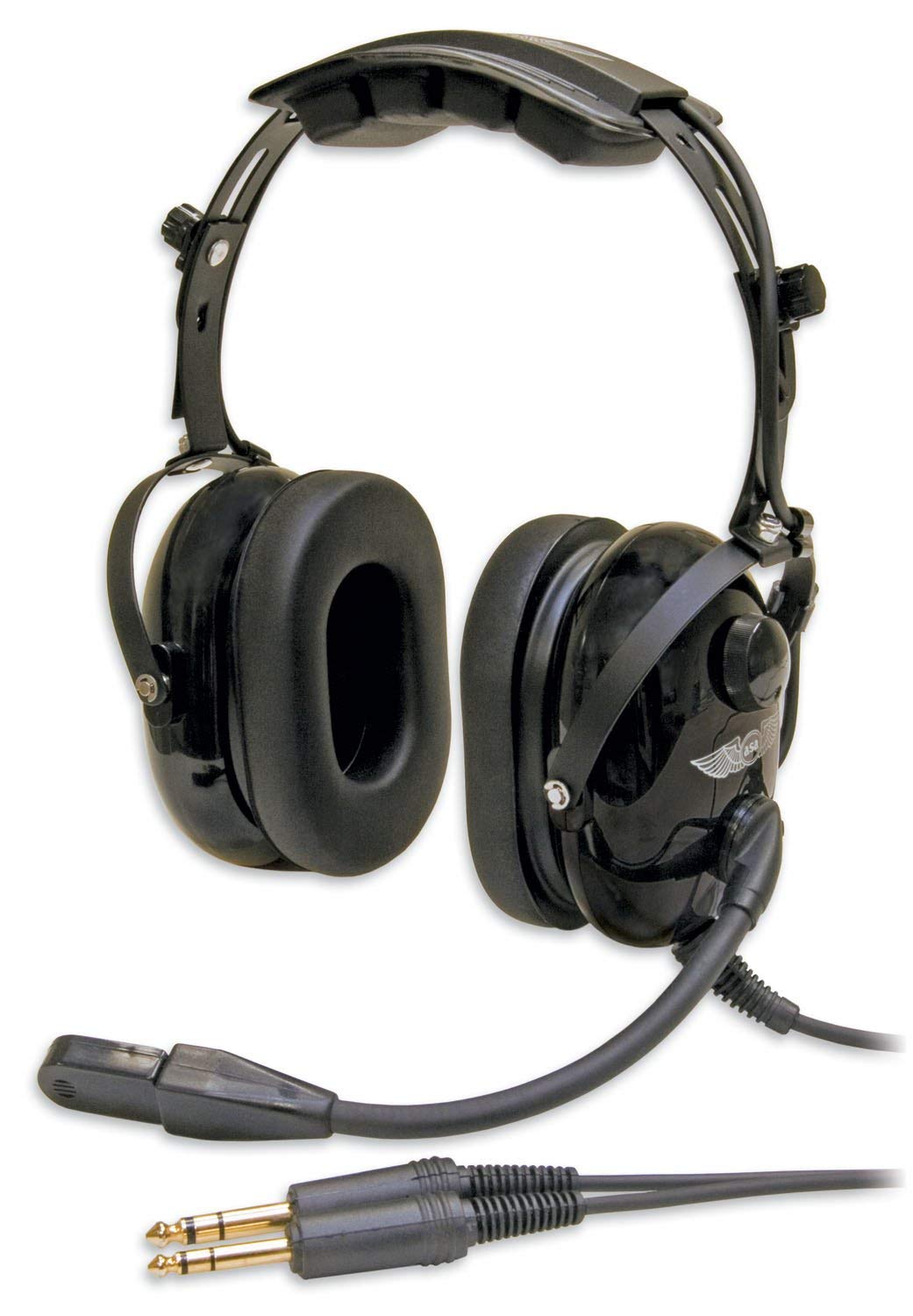
2. Understanding Headset Types: Passive vs. Active Noise Reduction
One of the primary distinctions among aviation headsets is the type of noise reduction technology they employ. Passive noise reduction headsets use sound-absorbing materials to block out ambient noise, while active noise reduction headsets employ electronic circuitry to cancel out unwanted sound waves. Pilots must weigh the pros and cons of each type based on their flying environment and personal preferences.
3. Comfort and Fit: Essential Considerations
Comfort is paramount when choosing an aviation headset, as pilots often wear them for extended periods during flights. Look for headsets with cushioned ear cups and adjustable headbands to minimize fatigue and pressure points. Additionally, consider the weight and distribution of the headset to ensure it remains comfortable during long flights without causing strain or discomfort.
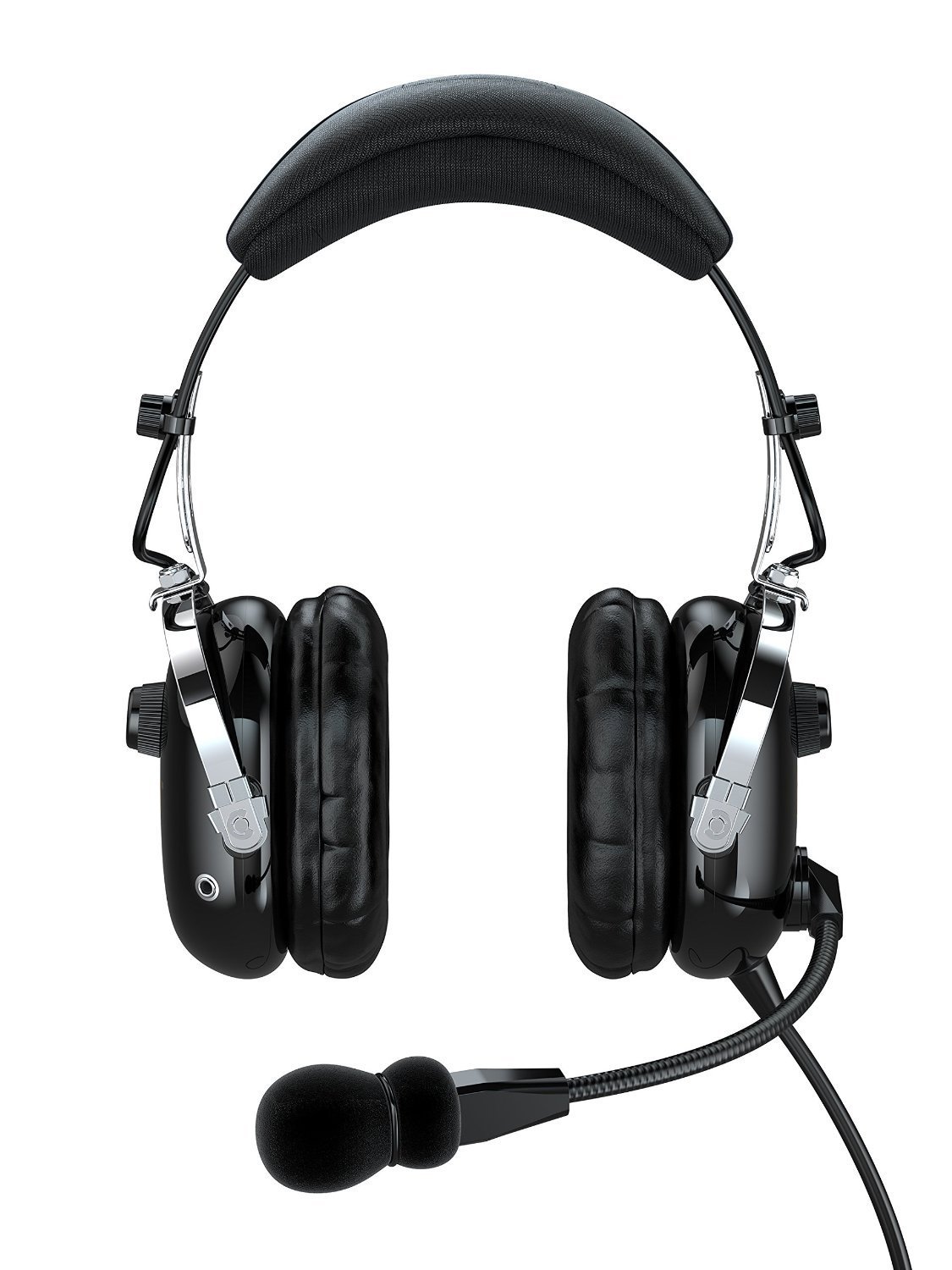
4. Durability and Build Quality: Ensuring Longevity
Aviation headsets are subjected to rigorous use in demanding environments, so durability is essential. Opt for headsets constructed from high-quality materials such as stainless steel, magnesium, or reinforced plastics that can withstand the rigors of aviation. Additionally, choose headsets with robust cables and connectors to minimize the risk of damage or failure during flight operations.
5. Communication Features: Enhancing Efficiency
Efficient communication is critical in aviation, so look for headsets with advanced features designed to enhance clarity and reliability. Features such as noise-canceling microphones, adjustable volume controls, and intuitive push-to-talk buttons can streamline communication processes and improve overall cockpit coordination.
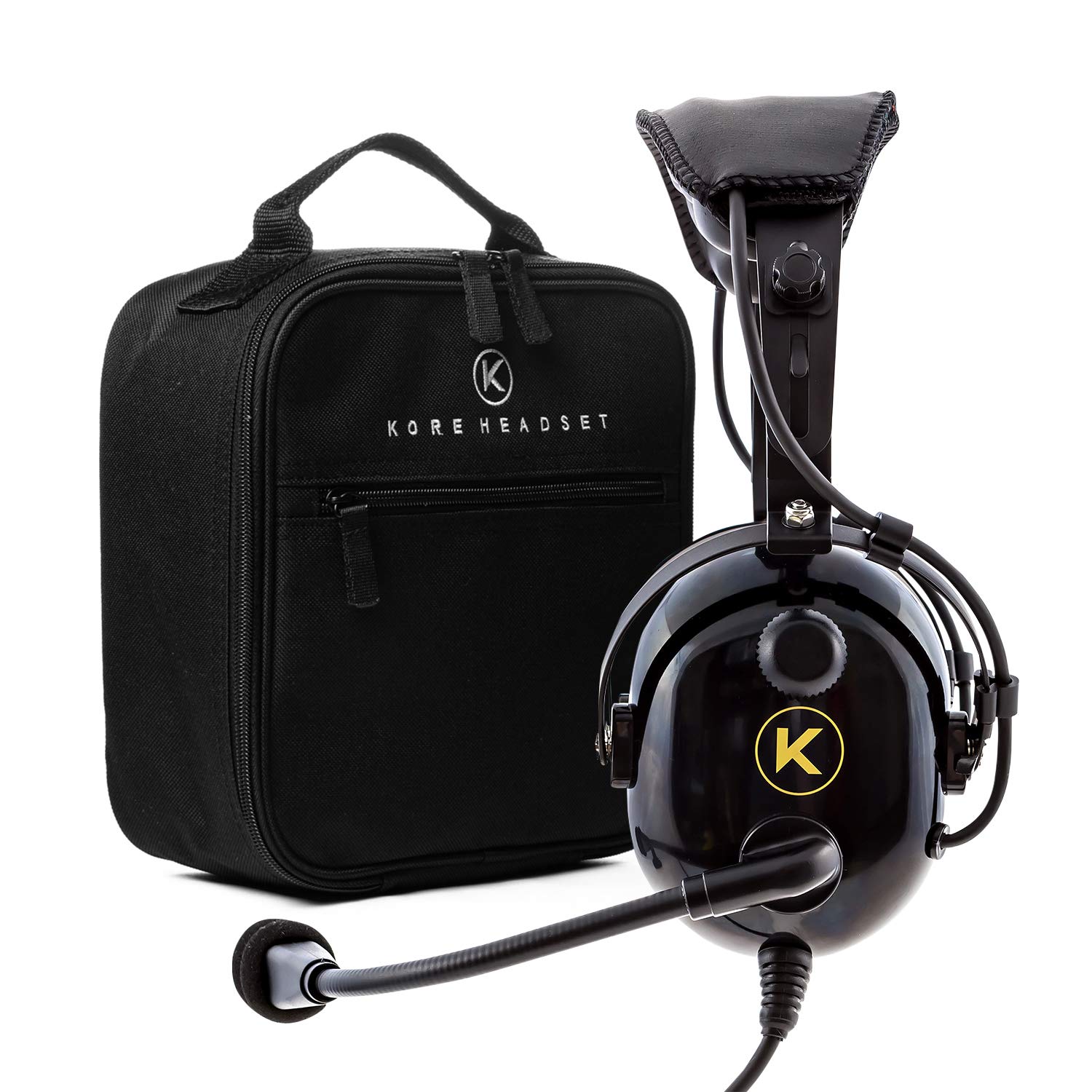
6. Compatibility and Integration: Seamless Connectivity
Ensure that the aviation headset you choose is compatible with your aircraft’s communication system. Look for headsets with standard connectors such as dual-plug (PJ) or single-plug (Lemo) configurations to ensure seamless integration with cockpit intercom systems and radio equipment. Additionally, consider compatibility with auxiliary devices such as smartphones or tablets for added versatility.
7. Regulatory Compliance: Meeting Aviation Standards
Aviation headsets must comply with regulatory standards set forth by aviation authorities such as the Federal Aviation Administration (FAA) or the European Aviation Safety Agency (EASA). Prioritize headsets that meet or exceed these standards to ensure they provide reliable performance and comply with industry safety regulations.
8. User Reviews and Recommendations: Insights from Fellow Pilots
Before making a purchase, consult user reviews and seek recommendations from fellow pilots and aviation professionals. Real-world feedback can provide valuable insights into the performance, comfort, and durability of different aviation headset models, helping you make an informed decision.
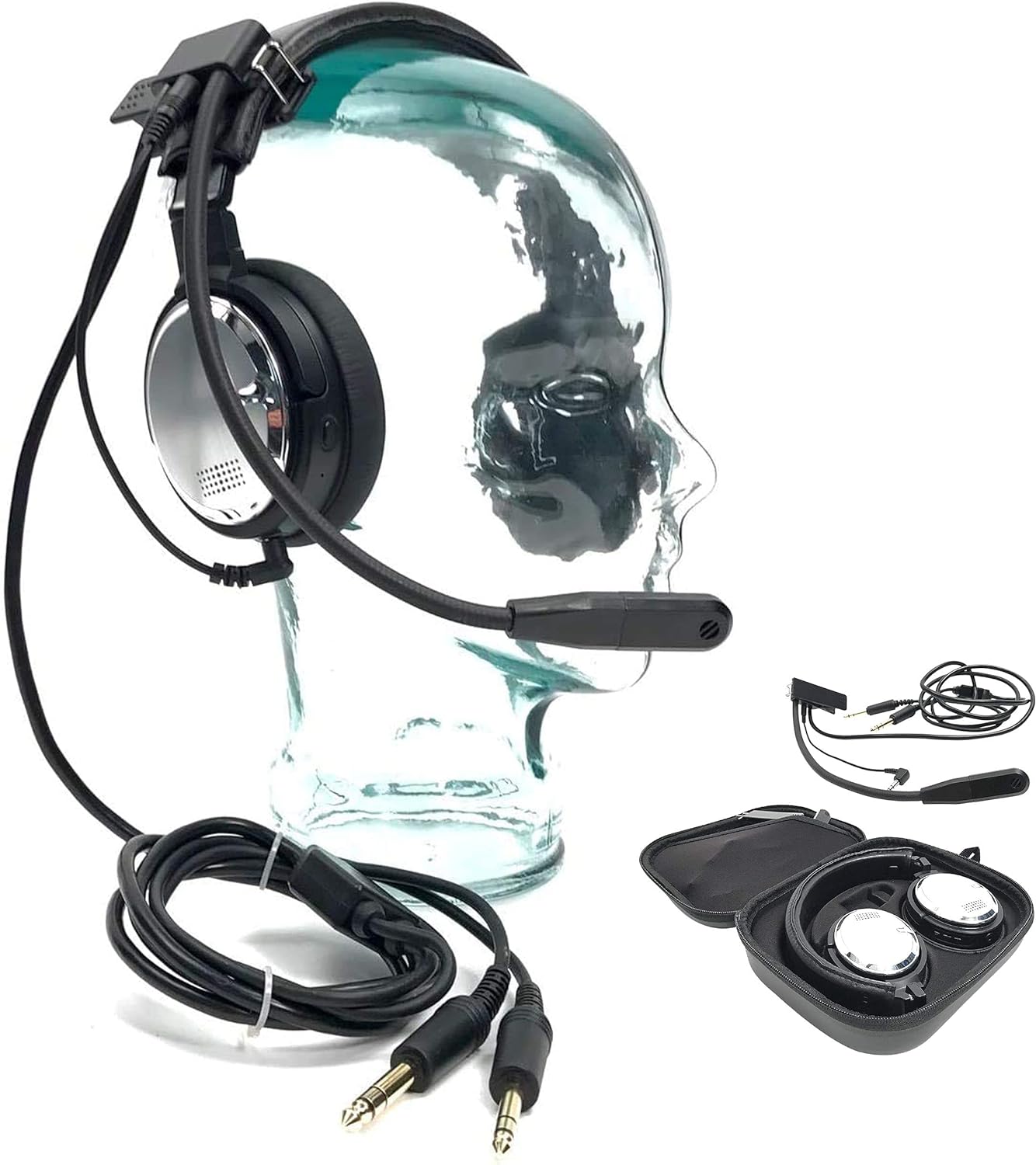
9. Budget Considerations: Balancing Cost and Quality
While it’s tempting to opt for the most feature-rich aviation headset available, it’s essential to balance cost considerations with quality and functionality. Set a budget based on your needs and preferences, and prioritize headsets that offer the best value for money in terms of performance, durability, and comfort.
10. Conclusion: Selecting the Perfect Aviation Headset
In conclusion, choosing the best aviation headset requires careful consideration of factors such as noise reduction technology, comfort, durability, communication features, compatibility, regulatory compliance, user feedback, and budget. By weighing these factors thoughtfully and conducting thorough research, pilots can select a headset that meets their specific requirements and enhances their flying experience with clear communication and uncompromising comfort.
11. Customization Options: Tailoring the Experience
Some aviation headsets offer customization options to cater to individual preferences and requirements. Look for headsets with adjustable settings for audio levels, microphone sensitivity, and equalization to tailor the audio experience to your liking. Additionally, consider accessories such as gel ear seals or Bluetooth adapters that can further enhance comfort and functionality based on your specific needs.
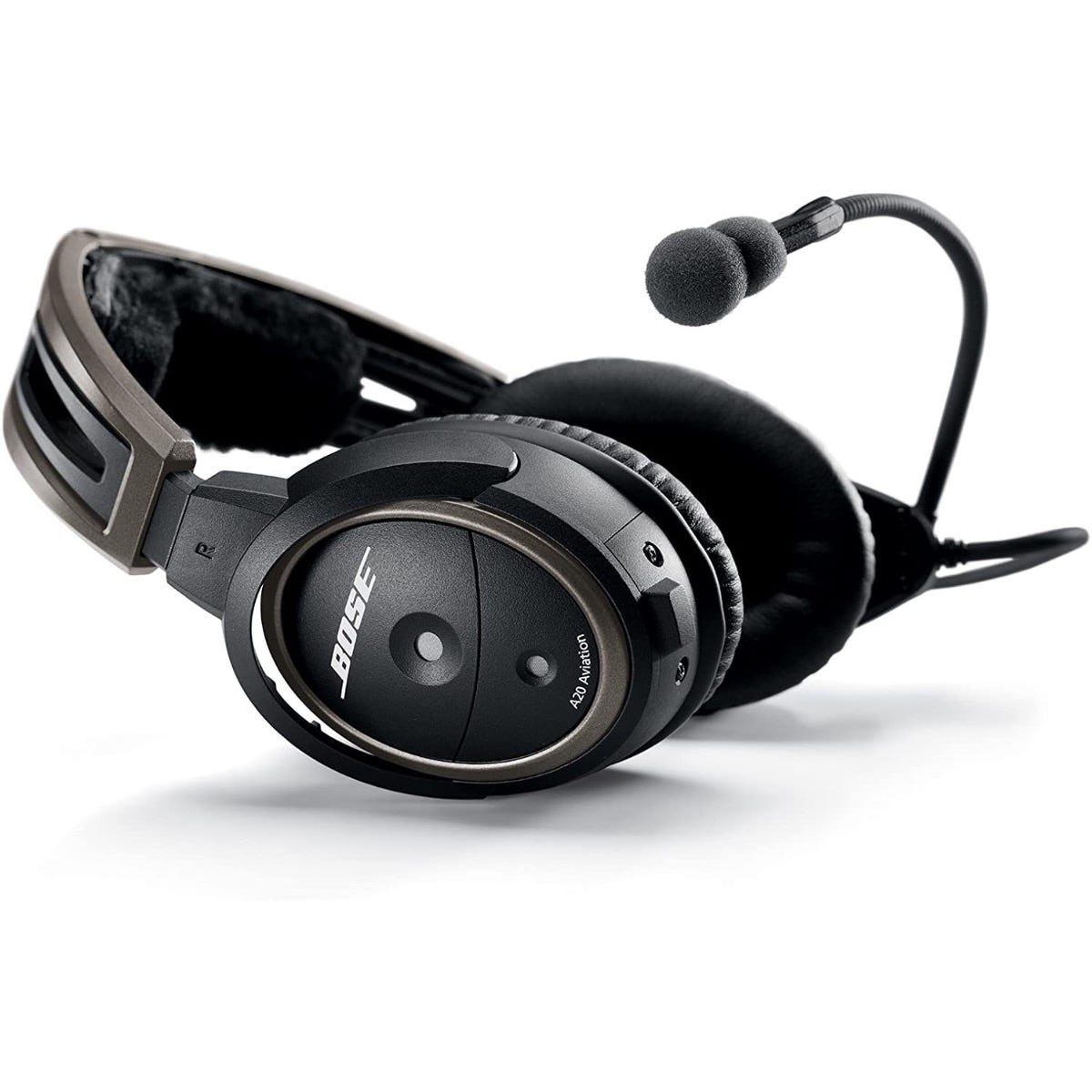
12. Warranty and Customer Support: Peace of Mind
Before finalizing your purchase decision, inquire about the warranty coverage and customer support options provided by the headset manufacturer. A comprehensive warranty ensures protection against defects and malfunctions, while responsive customer support can address any issues or concerns that may arise during the lifespan of the headset. Prioritize brands known for their commitment to customer satisfaction and after-sales service.
13. Ergonomic Design: Minimizing Fatigue
The ergonomic design of an aviation headset can significantly impact comfort and usability during flight. Look for features such as swivel ear cups, adjustable microphone booms, and intuitive controls that facilitate ease of use and minimize operator fatigue. A well-designed headset allows pilots to focus on flying tasks without distraction or discomfort, contributing to a safer and more enjoyable flying experience.
14. Testing and Evaluation: Hands-On Experience
Whenever possible, try out different aviation headsets firsthand to assess their comfort, audio quality, and performance in real-world conditions. Visit aviation shops or attend industry events where vendors showcase their products, allowing you to compare various models side by side. Conducting thorough testing and evaluation ensures that the chosen headset meets your expectations and requirements before making a purchase commitment.
15. Environmental Considerations: Adapting to Conditions
Consider the environmental conditions in which you typically fly and choose an aviation headset that can adapt accordingly. For example, if you frequently operate in hot or humid climates, opt for headsets with moisture-resistant components and breathable materials to prevent discomfort and degradation. Similarly, if you fly in noisy or turbulent environments, prioritize headsets with superior noise reduction capabilities to maintain clear communication and focus.
16. Continuing Education: Staying Informed
As technology evolves and new innovations emerge, staying informed about the latest developments in aviation headsets is essential. Participate in industry forums, attend seminars, and follow reputable aviation publications to stay abreast of advancements in headset design, functionality, and performance. Continuing education ensures that you remain equipped with the knowledge and insights needed to make informed decisions about your aviation equipment.
17. Long-Term Investment: Looking Beyond the Initial Purchase
While purchasing an aviation headset may seem like a straightforward transaction, it’s important to view it as a long-term investment in your safety, comfort, and productivity as a pilot. Consider the total cost of ownership, including maintenance, repairs, and potential upgrades, over the lifespan of the headset. By choosing a high-quality headset with a proven track record of reliability and longevity, you can enjoy peace of mind and performance excellence for years to come.

